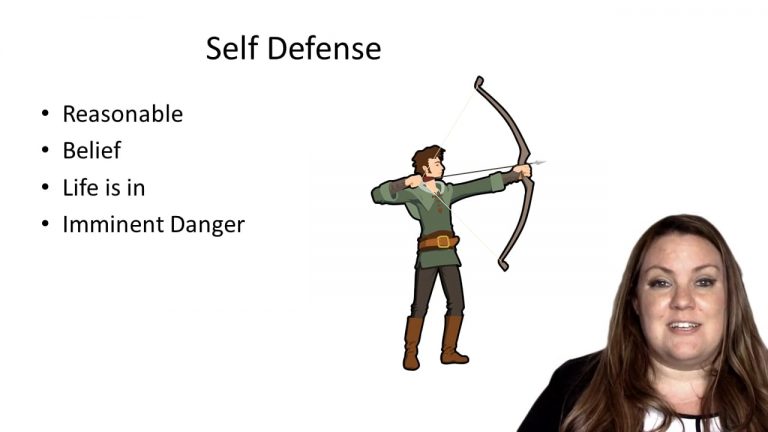SmartBrief
Confirm favorite deletion?
Criminal Law Keyed to Ohlin
Montana v. Egelhoff
Facts
In July of 1992, Egelhoff was out camping and picking mushrooms when he met Roberta Pavola and John Christenson. They became friends. On July 12, they spent the evening drinking in bars and at a private party together. They left the party around 9pm and continued to binge drink.
At about midnight the same night, officers responded to a report of a possible drunk driver and discovered Christenson’s car stuck in a ditch. In the front seat, Pavola and Christenson were both found dead from a gunshot. Egelhoff was alive in the backseat, yelling obscenities. On the floor of the car, near the brake pedal, was Egelhoff’s gun. His blood-alcohol content measured .36% one hour later and he had gunshot residue on his hands.
The jury was not permitted to consider his intoxicated condition in determining the existence of the required mental state of deliberate homicide. He was convicted of two counts. The Supreme Court of Montana reversed, holding that Egelhoff’s intoxication was relevant to the issue of whether he acted knowingly and purposely.
Only StudyBuddy Pro offers the complete Case Brief Anatomy*
Access the most important case brief elements for optimal case understanding.
*Case Brief Anatomy includes: Brief Prologue, Complete Case Brief, Brief Epilogue
- The Brief Prologue provides necessary case brief introductory information and includes:
Topic:
Identifies the topic of law and where this case fits within your course outline.Parties:
Identifies the cast of characters involved in the case.Procedural Posture & History:
Shares the case history with how lower courts have ruled on the matter.Case Key Terms, Acts, Doctrines, etc.:
A case specific Legal Term Dictionary.Case Doctrines, Acts, Statutes, Amendments and Treatises:
Identifies and Defines Legal Authority used in this case.
- The Case Brief is the complete case summarized and authored in the traditional Law School I.R.A.C. format. The Pro case brief includes:
Brief Facts:
A Synopsis of the Facts of the case.Rule of Law:
Identifies the Legal Principle the Court used in deciding the case.Facts:
What are the factual circumstances that gave rise to the civil or criminal case? What is the relationship of the Parties that are involved in the case.Issue(s):
Lists the Questions of Law that are raised by the Facts of the case.Holding:
Shares the Court's answer to the legal questions raised in the issue.Concurring / Dissenting Opinions:
Includes valuable concurring or dissenting opinions and their key points.Reasoning and Analysis:
Identifies the chain of argument(s) which led the judges to rule as they did.
- The Brief Prologue closes the case brief with important forward-looking discussion and includes:
Policy:
Identifies the Policy if any that has been established by the case.Court Direction:
Shares where the Court went from here for this case.
Topic Resources
Topic Outline
Topic Refresher Course

 9m 57s
9m 57s